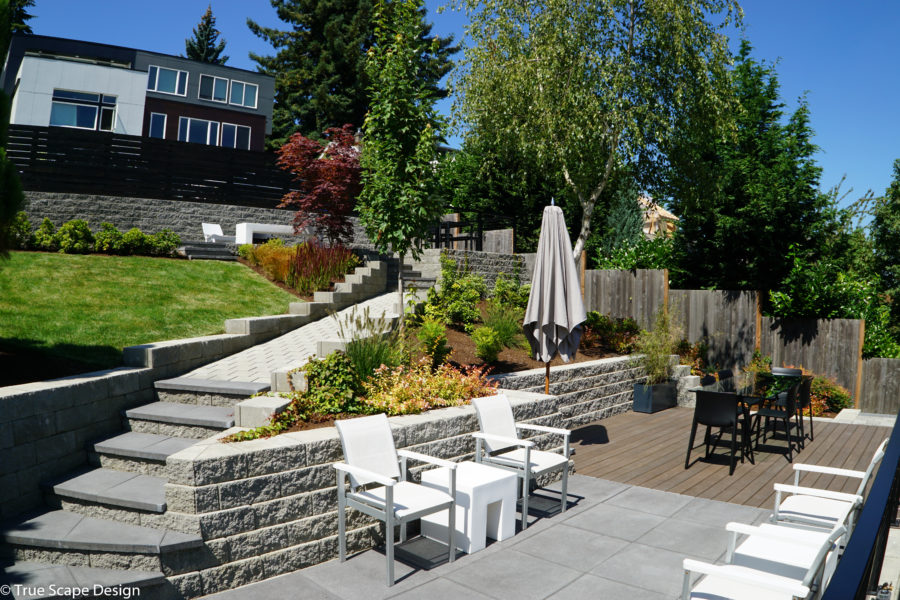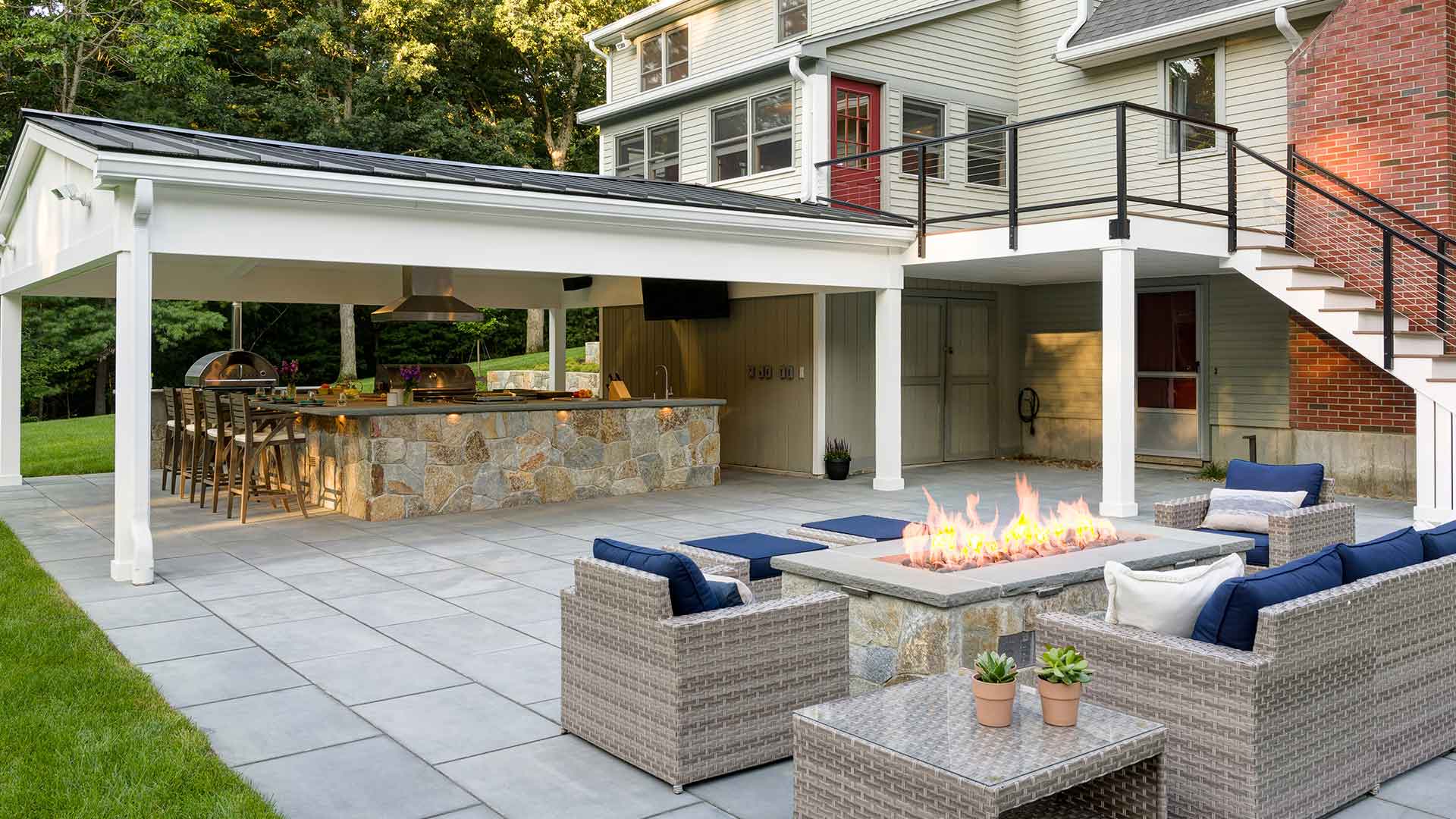Landscape Design - Truths
Landscape Design - Truths
Blog Article
Excitement About Landscape Design
Table of ContentsLandscape Design Things To Know Before You Get ThisSome Known Incorrect Statements About Landscape Design Indicators on Landscape Design You Need To KnowThe Facts About Landscape Design Uncovered
Official design theme. Credit Scores: Gail Hansen, UF/IFAS The lawn is an extension of the home where a variety of activities take place. A lawn can usually be split into three locations: public (the front backyard), private (the garden), and solution (typically the side lawn). The location of activity locations depends largely on the sort of location, the dimension of space needed, the kind of activity, and the preferred distance to other activities and structures (Landscape Design).
The outside wall surface of your house often functions as the initial wall surface or beginning factor of an outside space. Inappropriate uses must be separated, and associated tasks, such as cooking and dining, ought to be put together to make the lawn more effective and delightful. When making use of hardscape to create areas, use building material comparable to that made use of in your house for connection from the house right into the yard.
Connected rooms. Credit Report: Gail Hansen, UF/IFAS Making use of similar hardscape features and repeating plants pulls the eye around the yard.
This supplies a feeling of mystery that promotes expedition and discovery of the landscape. From a design perspective, plant materials have three major functions in the landscape: visual, structural and practical. Aesthetically, plants create a visually pleasurable setting and structurally plants organize and specify areas. Plants are utilitarian due to the fact that they can change the environment for the comfort of the individual by modifying light, temperature and moisture.
Excitement About Landscape Design
For emotional comfort plants are made use of as physical or implied obstacles for personal privacy and security. Physical barriers obstruct both the view and accessibility to an area and consist of fences, walls and plant hedges. Landscape Design. Suggested obstacles, usually reduced expanding plants, block gain access to but not the sight (Number 9). Various other features of plants consist of cleaning up the air, preventing erosion and dirt loss, preserving wetness in the dirt, and returning raw material to the dirt.
Physical and implied barriers. Credit Rating: Gail Hansen, UF/IFAS For these factors, the kinds of plants to be utilized (such as trees, hedges, or groundcovers) must be chosen in the very early stages of planning. Plant types are picked for their practical capacities to make sure that their future purpose and called for area can be taken into consideration at the same time.
The above aircraft, the upright aircraft and the ground aircraft need to all be considered to produce unit. Once the shape of a plant bed has actually been developed, the plants ought to be massed (grouped) and layered to attain visual unity and the preferred amount of enclosure. The dimension of a plant mass special info will certainly rely on the total size of the backyard, the dimension of the specific plants in the mass, and the emphasis or impact desired from the plant product.
Each plant mass is in front of, behind, or beside, one more mass. Number 11. Horizontal plant layers. Credit Score: Gail Hansen, UF/IFAS Figure 12. Vertical plant layers. Credit History: Gail Hansen, UF/IFAS Repeating plants within a mass and repeating masses with comparable plants ties the garden with each other. The specific plant qualities have to be taken into consideration to successfully layer and mass plants.
All about Landscape Design
All plant structures begin with the main structure plants, the big, mostly evergreen history plants-such as the trees and big bushes. These plants different or enframe areas, control the size of the area, and provide the starting factor for selecting the ideal qualities of the 2nd layer, midground plants, for massing and infill.
Vital factors in the yard should be highlighted by the use of distinct plants, unique frameworks, or garden accessories. Noting limits or entries to spaces can be made with gates, arbors, look at here now and steps, or via making use of one-of-a-kind and colorful plants. The kind and/or style motif of the garden will certainly commonly assist determine the important points and how they should be highlighted.
Various other crucial places in the yard are prime focus, which is used to aesthetically arrange a designed area. The type of prime focus commonly relies on the checking out perspective. Different point of views or point of views can disclose different structures in the landscape that may need a selection of focal factors. Contrasting structure, shape, size and shade will catch and hold the eye.
Getting My Landscape Design To Work
Figure 13. Plant kinds. Credit: Gail Hansen, UF/IFAS After type, appearance is the next dominant function of a plant; coarse, medium and great appearances can be used for comparison and focus in the landscape. Form and texture both trump color in the yard for many of the year. During certain seasons, color will be the most recognizable quality of the yard.


The enjoyable scent of plants, the noise of wind in the trees, the sound and appearance of water, and the shades and textures of sculptures, pots and yard furnishings all include to the experience of try these out the garden. One information that is usually neglected is the result of light on the aesthetic appeals of the plants.
The entire yard changes in function and appearance over the program of the day, and the course of a year, as the light and temperature level adjustment from early morning to night and season to season. Plant choice have to take into consideration a plant's development rate, its mature dimension and type, and the maintenance it will require.
It is vital to know the eventual mature size of plants so they can be placed in the right location and spaced appropriately when they are mounted. Giving plants space to expand is an obstacle because the common mature dimension is generally based on optimum expanding problems and the ecological problems of a site might trigger a plant to expand bigger or stay smaller sized.
Report this page